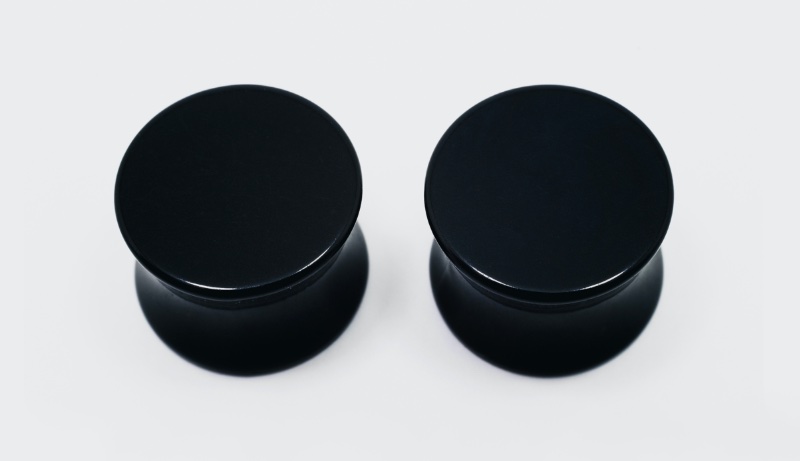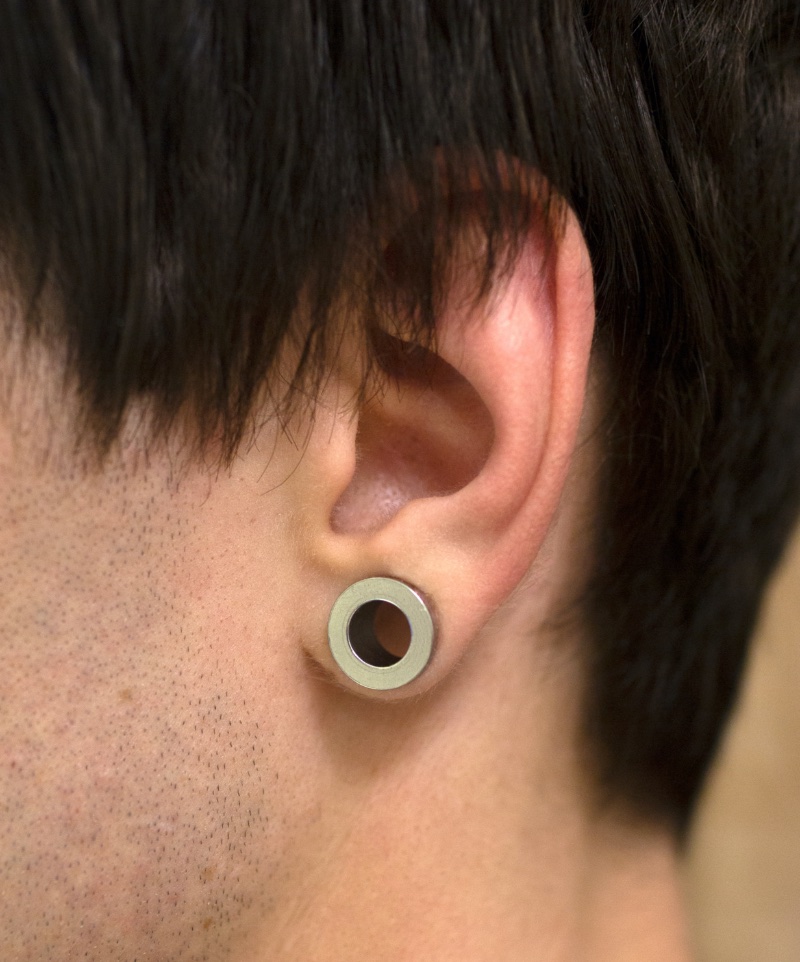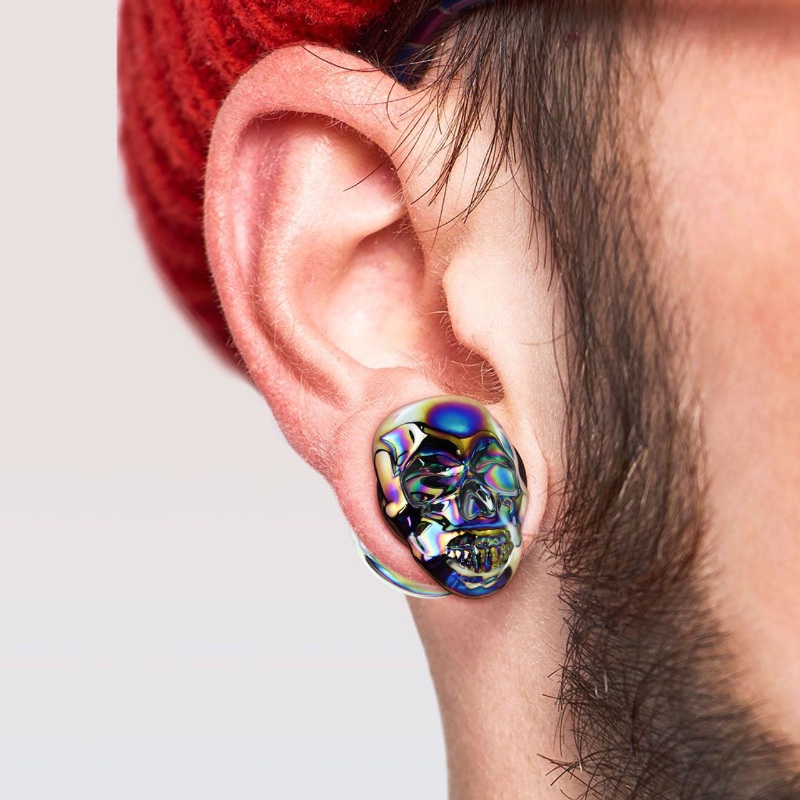Various materials are available for ear plugs and gauges. They have become popular as a way to express style and self-expression. This guide will examine some of the most popular materials used for ear plugs and gauges, such as acrylic, stainless steel and glass. It will also highlight their benefits and drawbacks.
Materials for Ear Plugs & Gauges
Understanding the different materials that are available for ear plugs and gauges will help you make the right choice for your preferences and needs.
ACRYLIC

The most common acrylic material is used to make plugs and gauges. Acrylic is a very affordable material and comes in a variety of colors and styles. It’s incredibly versatile and makes it a great choice for people who want to experiment with new styles. Acrylic is also lightweight and comfortable to wear.
Acrylic ear plugs and gauges are less likely than other materials to cause allergic reactions. Acrylic is non-toxic, non-allergenic and therefore a good option for skin that is sensitive.
It is important to remember that acrylic may be more fragile and prone to damage than other materials. Wearing acrylic plugs while doing water-related activities, like swimming or showering is not recommended. The fabric may break down.
STAINLESS S STEEL

Stainless steel, such as ear gauges or plugs, is popular for body jewelry. It is corrosion-resistant and easy to maintain, making it an ideal choice for people who are looking for a low maintenance option.
Hypoallergenic stainless steel ear plugs and gauges are a great option for those with sensitive skin. Stainless steel plugs come in a variety of styles and designs. Some even have unique textures and patterns.
Some people are still allergic to stainless, particularly if they suffer from a nickel allergy. Wearing stainless steel plugs is not recommended during water-related activities, since prolonged exposure to moisture will cause the material over time to corrode.
GLASS

Due to their versatility and unique aesthetics, glass ear gauges and plugs have become increasingly popular. The non-porous nature of glass makes it easy to clean, sterilize and maintain. This makes it an ideal material for body jewelry.
Glass ear gauges are available in a variety of colors and patterns, including intricate designs and textures. Glass plugs are also easily customizable, so you can create a unique piece that represents your style.
Glass ear plugs and gauges are also hypoallergenic, and therefore less likely to cause allergic reactions or irritation. Glass is non-reactive and safe for sensitive skin.
Glass plugs and gauges are more fragile and can break when dropped or handled incorrectly. They may not be appropriate for people who are involved in physical contact and impact activities as they can shatter or crack.
STONE

For those who prefer a more natural look, stone ear gauges or plugs are a popular choice. The stone plugs come in a variety of colors and textures ranging from polished and smooth to rough and unpolished.
Stone ear plugs and gauges are long-lasting and durable. These plugs are hypoallergenic and safe for skin that is sensitive.
Stone ear gauges or plugs can also be customized to reflect your personal style. Stone plugs are also paired with other natural materials such as wood or bone for a layered and textured look.
The stone gauges or plugs can be heavier, causing discomfort and stretching over time. It is best to avoid wearing stone ear plugs when doing high-impact sports or in water. They may break or crack.
Wood

The natural look of wood ear gauges, plugs, and ear syringes is popular with those who like organic materials. There are many types of wood plugs, such as bamboo, ebony and rosewood.
Wood ear plugs and gauges are comfortable and lightweight to wear for long periods. Wood plugs also have a hypoallergenic quality, making them an excellent option for those with sensitive skin.
Wood ear plugs and gauges are also customizable. They can be carved with different patterns or designs. These plugs are also a great way to combine with other natural materials such as bone or stone for a more layered look.
The wood ear plugs and gauges are more susceptible to warping or cracking than other materials. This is especially true if they’re exposed to extreme temperatures or moisture. Wood plugs should not be worn during high-impact or water activities.
Final Words
Ear gauges, or plugs, are popular body jewellery. They allow individuals to express themselves and their creativity. It is important to choose a material that will be comfortable, durable, and hypoallergenic when choosing your ear plugs and gauges.
All of these materials have their own benefits and disadvantages. Understanding the material properties will help you make an informed choice and select the fabric that suits your personal style and needs.














